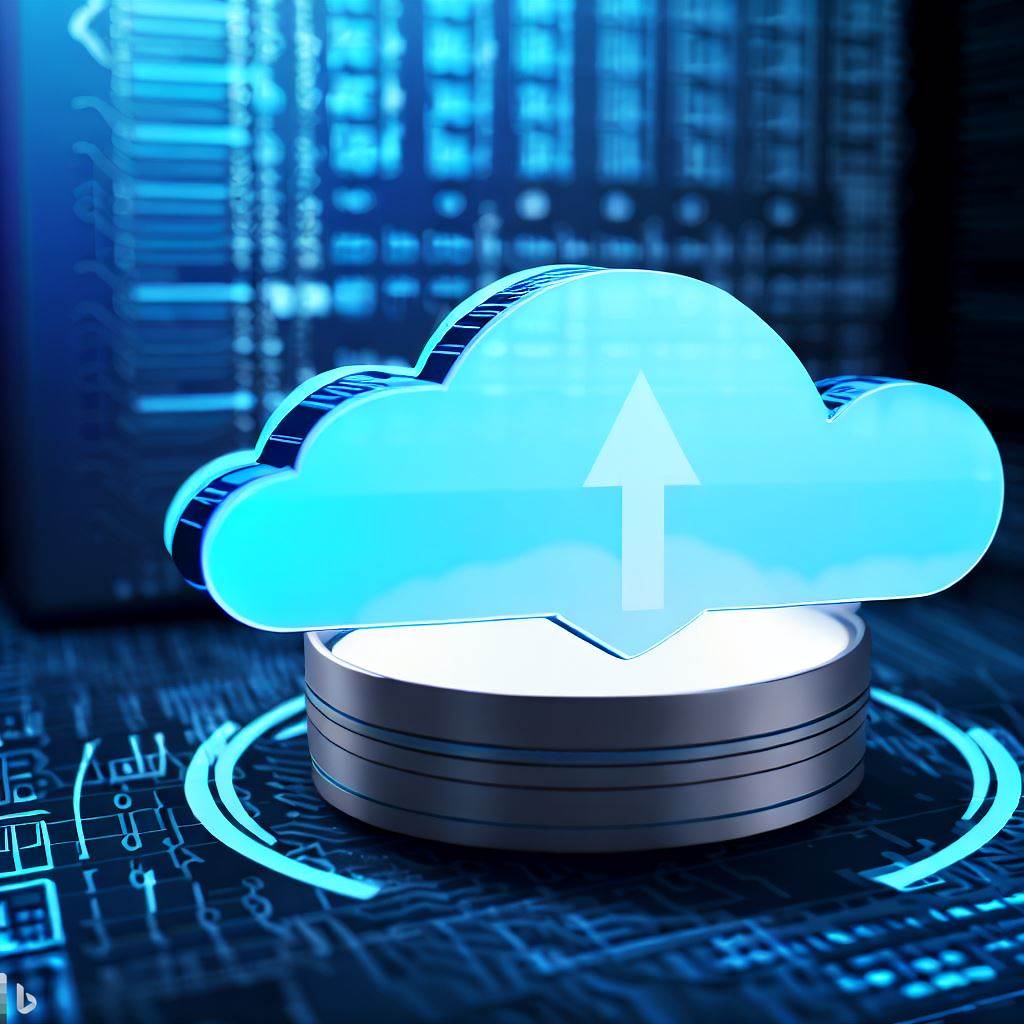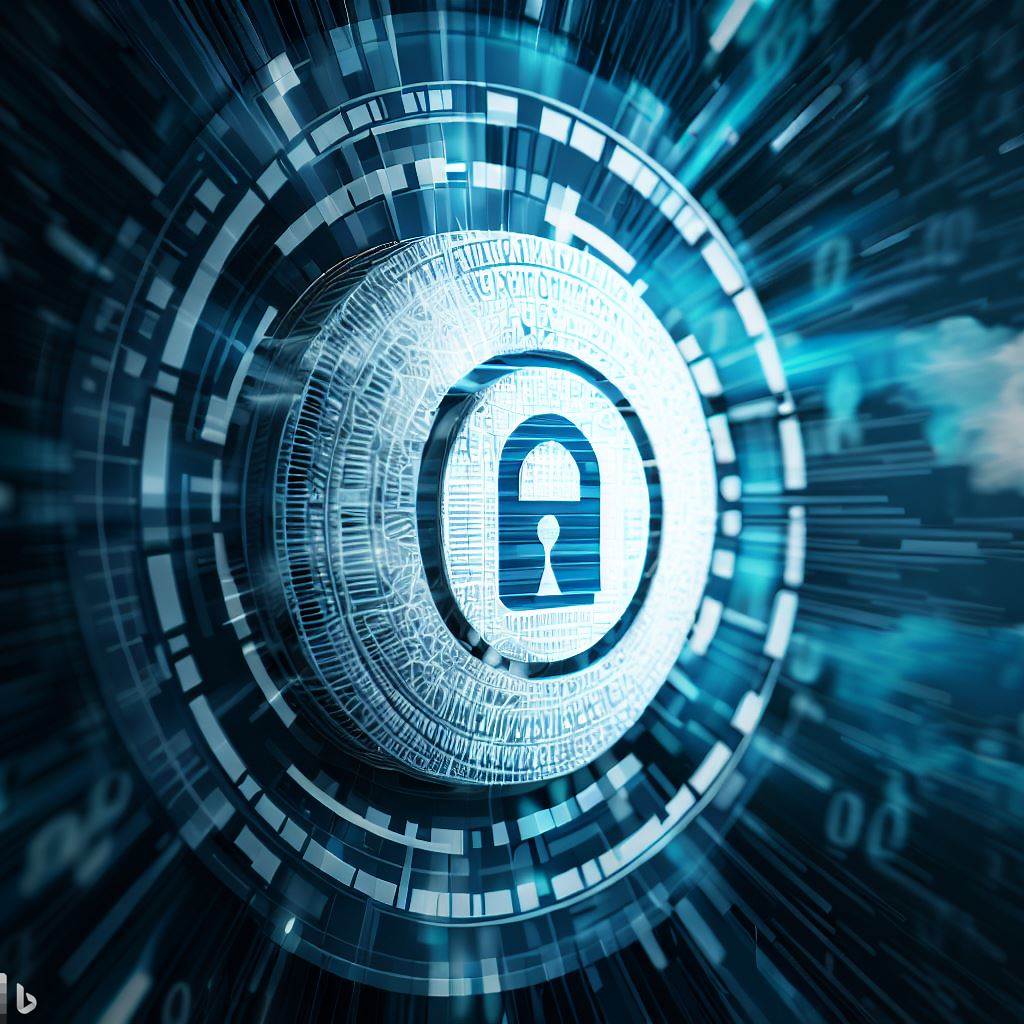In today’s digital age, data is the lifeblood of organizations. From critical business documents to customer information and financial records, the loss of data can be catastrophic. That’s where backup resiliency comes into play. Backup resiliency refers to the ability of a backup system to withstand and recover from unforeseen events or failures. In this article, we will delve into seven essential aspects of backup resiliency that every organization should be aware of.
1. Redundancy is Key
When it comes to backup resiliency, redundancy is a fundamental principle. It involves having multiple copies of your data stored across different locations or storage media. By implementing redundancy, you ensure that even if one backup fails, you have other copies to rely on. Redundancy provides an added layer of protection against data loss and increases your chances of successful recovery.
2. Regular Testing is Crucial
Backup systems are only as good as their ability to restore data when needed. Regular testing of your backup infrastructure is vital to ensure its resiliency. Testing should involve both full system restores and individual file retrievals. By conducting routine tests, you can identify any weaknesses or shortcomings in your backup strategy and address them before an actual data loss event occurs.
3. Offsite Storage is a Must
Storing backups at the same location as the original data is a recipe for disaster. Natural disasters, fire, theft, or other unforeseen events can destroy both the primary data and its backups. Offsite storage is essential for backup resiliency. It involves keeping copies of your data in geographically separate locations. Cloud storage solutions are an excellent option for offsite backups, as they provide secure and scalable storage with built-in redundancy.
4. Encryption Ensures Data Security
Data security should be a top priority when considering backup resiliency. Encryption plays a vital role in safeguarding your data from unauthorized access. Ensure that your backup system uses robust encryption algorithms to protect sensitive information during transmission and storage. This ensures that even if your backups fall into the wrong hands, the data remains secure and inaccessible.
5. Consider Different Backup Types
Not all data is created equal, and different types of data may require different backup approaches. It’s essential to evaluate your data and categorize it based on criticality and recovery time objectives (RTOs). Critical data may require more frequent backups or real-time replication, while less critical data can be backed up less frequently. Tailoring your backup strategy to the specific needs of each data type optimizes resiliency and minimizes recovery times.
6. Automation Streamlines Backup Processes
Manual backup processes are prone to human error and can be time-consuming. Leveraging automation tools and technologies can significantly enhance backup resiliency. Automated backups ensure that data is consistently and reliably protected without relying on manual intervention. Additionally, automation allows for more frequent backups and streamlines the recovery process, reducing downtime and increasing resiliency.
7. Disaster Recovery Plans Are Essential
Backup resiliency is incomplete without a well-defined disaster recovery plan. A disaster recovery plan outlines the steps to be taken in the event of a data loss or system failure. It includes procedures for initiating backups, restoring data, and bringing critical systems back online. Regularly review and update your disaster recovery plan to account for changes in your infrastructure, data, and business requirements. Testing the plan through simulated disaster scenarios helps identify and address potential weaknesses.
Conclusion
Backup resiliency is an indispensable aspect of data management and protection. By understanding and implementing these seven key factors – redundancy, testing, offsite storage, encryption, backup types, automation, and disaster recovery plans – organizations can fortify their backup systems and ensure the availability and integrity of their data. Investing in a robust backup resiliency strategy is a proactive measure that mitigates the risks associated with data loss, enabling businesses to operate with confidence in an increasingly data-driven world.
Do you have a software/mobile development project in mind? Contact us today and let us help you turn your idea into reality. We have the skills, experience, and passion to create amazing solutions for your business needs. Email us at sales@nesesho.com
Want to know more about our Tech Solutions? Visit us at www.nesesho.com



